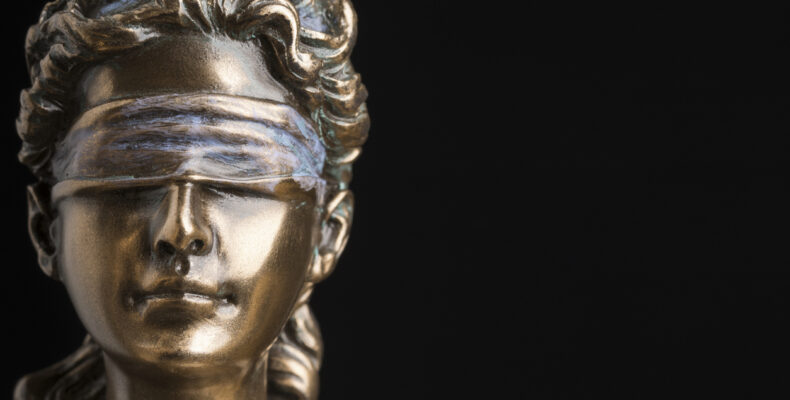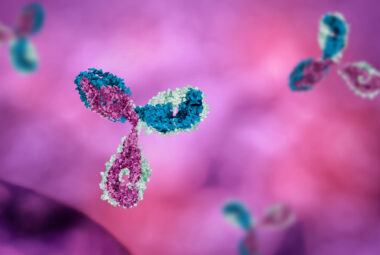
G 1/23 – See no evil: can the skilled person turn a blind eye to prior art they have in their hand?
The EPO’s Enlarged Board of Appeal (EBA) have issued their decision on G 1/23, providing further clarity to attorneys, patentees and third‑parties alike on what it means for a product to be ‘put on the market’.
Background
The referring decision (T 438/19) related to the inventive step of an encapsulating material for a solar cell, where the closest prior art was found to be a complex polymer product (‘the polymer’) that was made commercially available. The Opponent and the patent Proprietor agreed that the polymer was commercially available, that the exact method of manufacturing the polymer was not in the public domain, and that reproduction of a complex polymer is not a straightforward exercise.
The Opponent argued that the polymer was necessarily part of the state of the art under Article 54(2) EPC, by virtue of being on the market. Article 54(2) EPC states that “The state of the art shall be held to comprise everything made available to the public by means of a written or oral description, by use, or in any other way, before the date of filing of the European patent application”.
On the other hand, the Proprietor argued that the polymer was not part of the state of the art because it could not have been reproduced by the skilled person. The Proprietor referred to the previous EBA decision G 1/92, which established a ‘reproducibility requirement’ for products that had been made publicly available – “The chemical composition of a product is state of the art when the product as such is available to the public and can be analysed and reproduced by the skilled person”.
As a result, the referring Board decided that it was necessary to refer questions to the EBA regarding this reproducibility requirement. This would determine whether the polymer was part of the state of the art, which in turn would impact the inventiveness of the patent.
Requirement for ‘reproducibility’
The Board of the referring decision considered that, since the establishment of the reproducibility requirement in G 1/92, subsequent case law had diverged with two alternative interpretations:
i) a commercially available yet non-reproducible product is excluded from being part of the state of the art in its entirety;
ii) a commercially available yet non-reproducible product can be part of the state of the art, but its composition cannot.
In this decision, the EBA robustly rejected both of these interpretations, believing that “both lead to a manifestly absurd result” (decision point 72). The first interpretation would result in an untenable outcome where the skilled person could be physically holding a product but would completely ignore it because they could not reproduce it. Taking the Proprietor’s logic to the extreme, for a product such as crude oil, the EBA concluded that “there are no products on Earth that are in the end not based on materials that themselves cannot be reproduced. […] the simplest compounds are made up of a few chemical elements, and chemical elements cannot be reproduced, in the sense of being built up of (or reduced from) other (again in themselves “reproducible”) materials” (decision point 60). The EBA were equally dismissive of the second interpretation, stating that “every material has a chemical composition which is known to exist even if it has not been analysed and thus has not been determined” (decision point 69).
In light of these findings, the EBA decided that it was necessary to fundamentally reformulate the reproducibility requirements of G 1/92 (decision points 73-75).
Rather than considering reproducibility to mean the ability of the skilled person to construct the product from precursor materials, this requirement must be given a broader interpretation – “the ability of the skilled person to obtain and possess the physical product”. For a product that has been made publicly available (e.g., put on the market), this requirement is inherently fulfilled. The skilled person could obtain the physical product by simply purchasing or otherwise acquiring it.
Thus, the ‘reproducibility requirement’ that was established in G 1/92 is redundant. The answer provided in G 1/92 should instead be interpreted as:
“The chemical composition of a product is part of the state of the art when the product as such is available to the public and can be analysed by the skilled person, irrespective of whether or not particular reasons can be identified for analysing the composition”.
Outcome
The headlines of this decision state that:
- A product put on the market before the date of filing of a European patent application cannot be excluded from the state of the art within the meaning of Article 54(2) EPC for the sole reason that its composition or internal structure could not be analysed and reproduced by the skilled person before that date.
- Technical information about such a product which was made available to the public before the filing date forms part of the state of the art within the meaning of Article 54(2) EPC, irrespective of whether the skilled person could analyse and reproduce the product and its composition or internal structure before that date.
G 1/23 therefore provides greater clarity on what constitutes part of the state of the art under A54(2) EPC. By essentially removing the reproducibility requirement, determining whether such products are part of the state of the art is made simpler. However, the decision does leave one door very much wide open.
The questions referred to the EBA had considered the requirement for analysis and reproducibility without undue burden for the skilled person, a point that was not considered in this decision. The EBA determined that the relevant properties of the polymer in question apparently did not require any analysis needing efforts beyond an undue burden. Therefore, this issue was not considered any further (the requirement for reproducibility without undue burden being rendered moot).
However, the EBA did acknowledge that “This does not mean that the issue of the ‘analysis without undue burden’ can never arise” (decision point 79). One could imagine a case where a particular feature of a publicly available product can only be determined by a cutting-edge, exceptionally specialised analysis technique. Would these features still be part of the state of the art? With arguments based upon reproducibility now seemingly off the table, we might expect the issue of ‘analysis without undue burden’ to come to the fore.
Barker Brettell has experienced patent attorneys who can advise on nuanced IP issues, such as products being put on the market prior to applications being filed. If you would like to more information, please contact one of the authors – Matthew Philpotts or William Dean – or your usual Barker Brettell representative.




